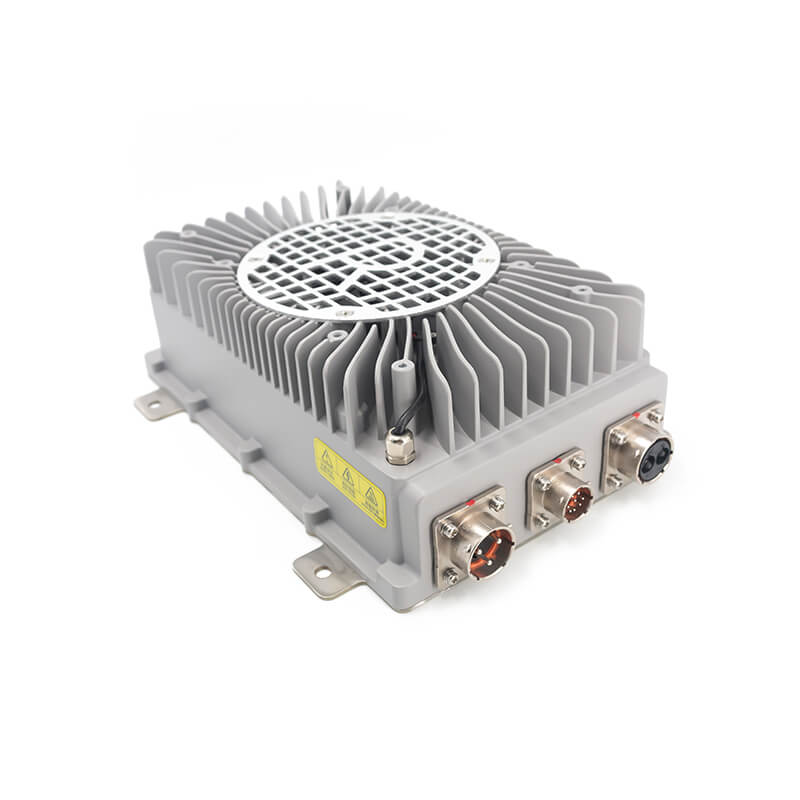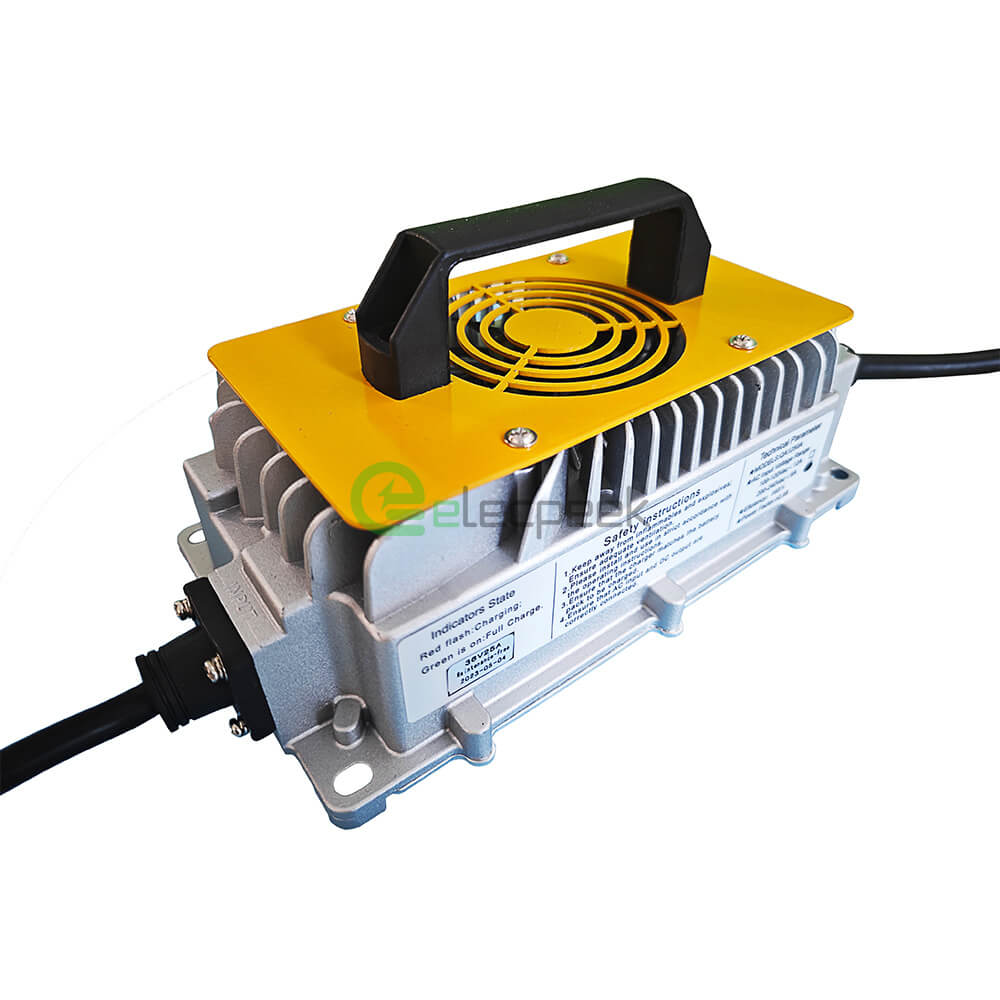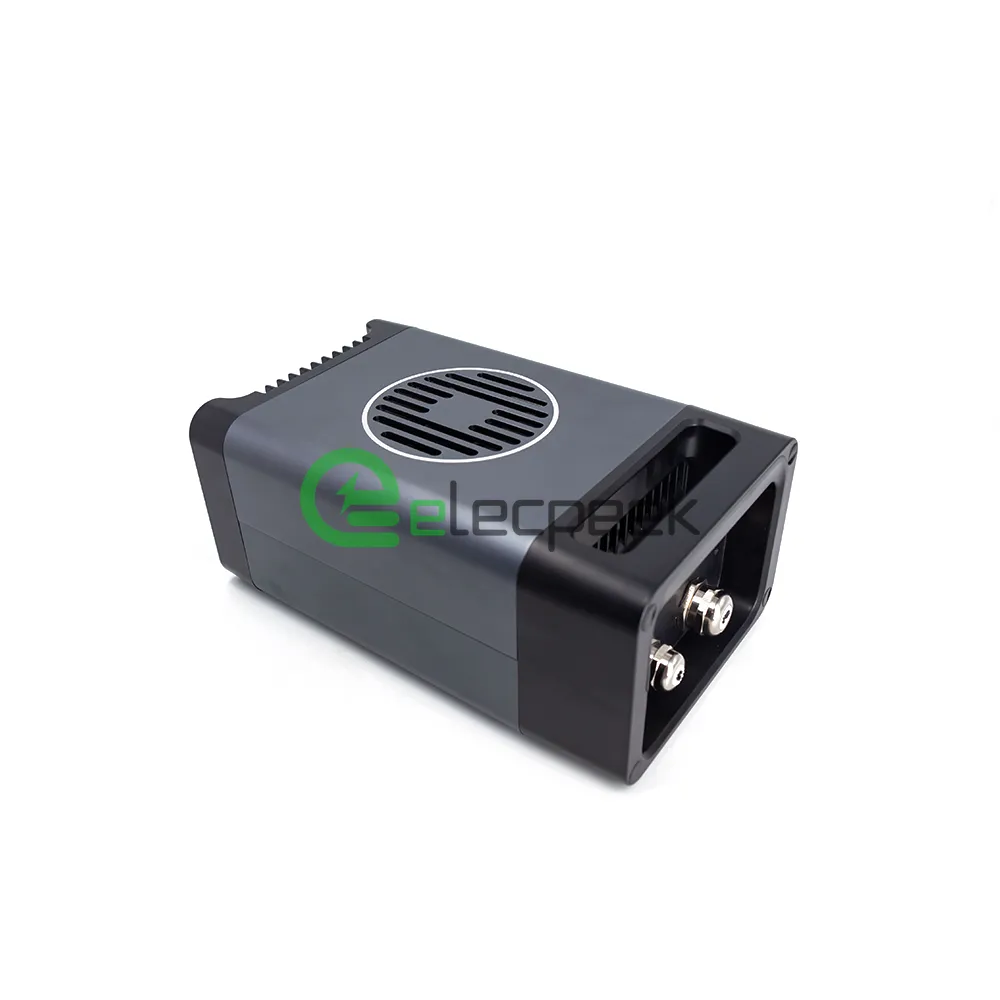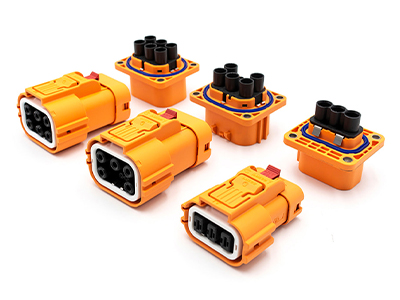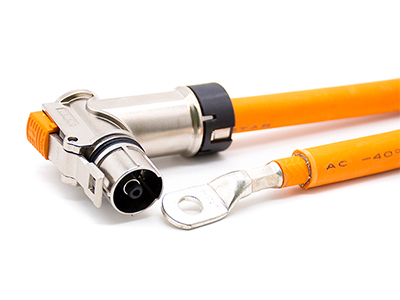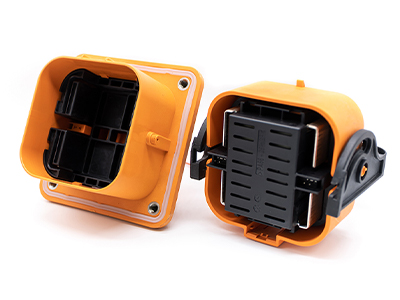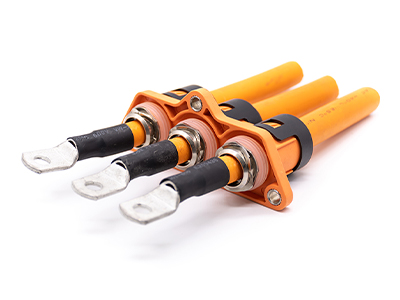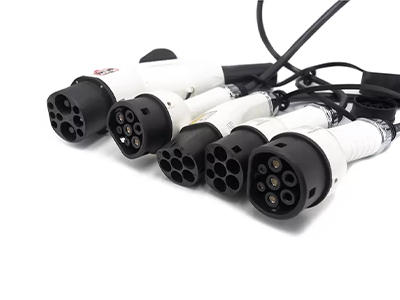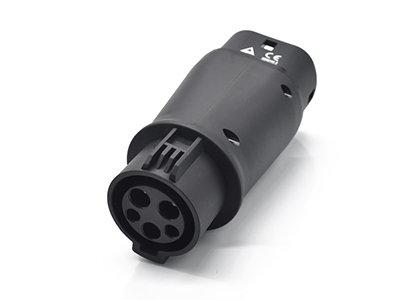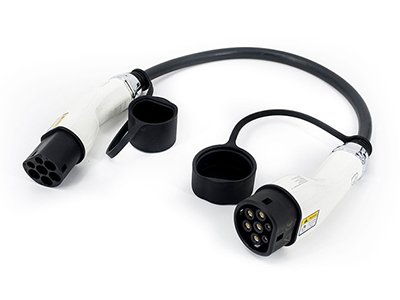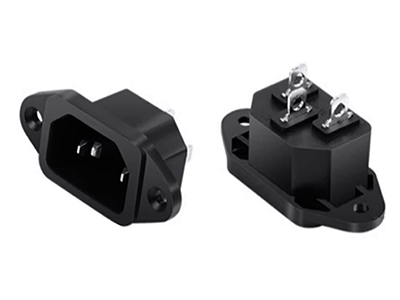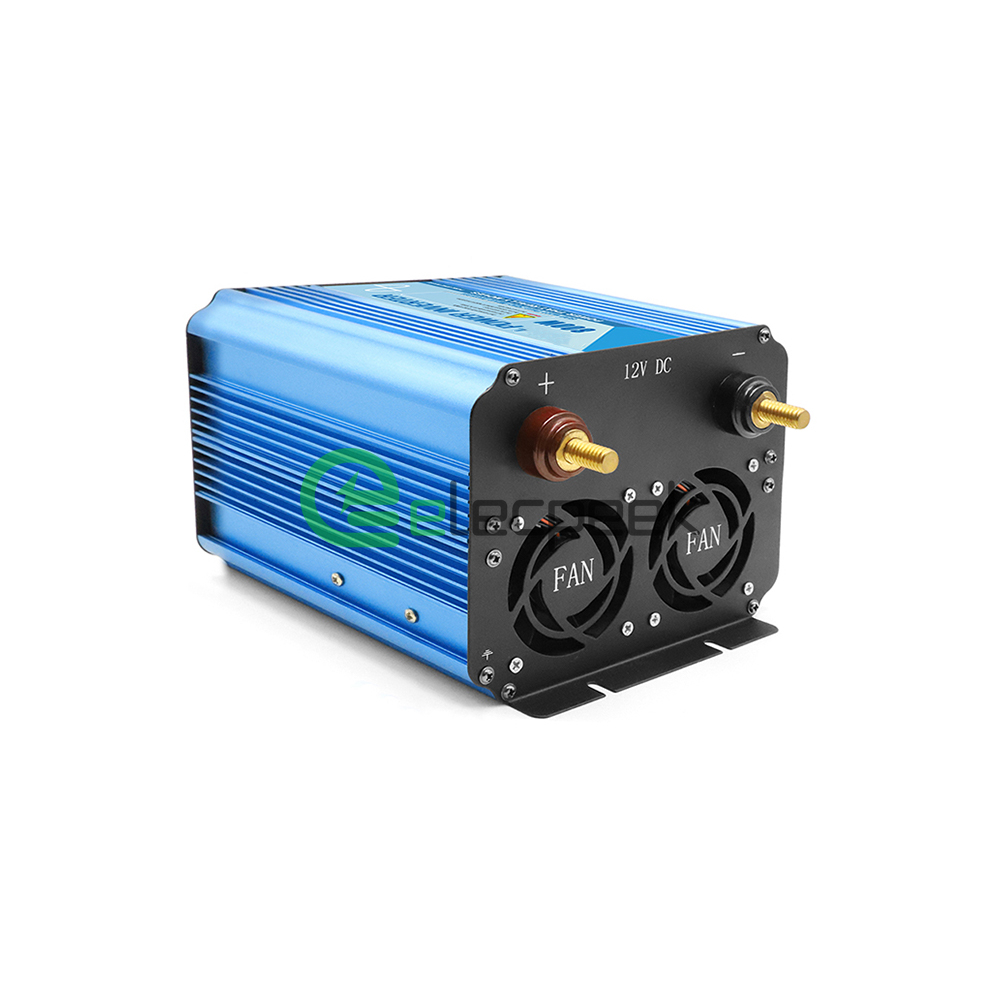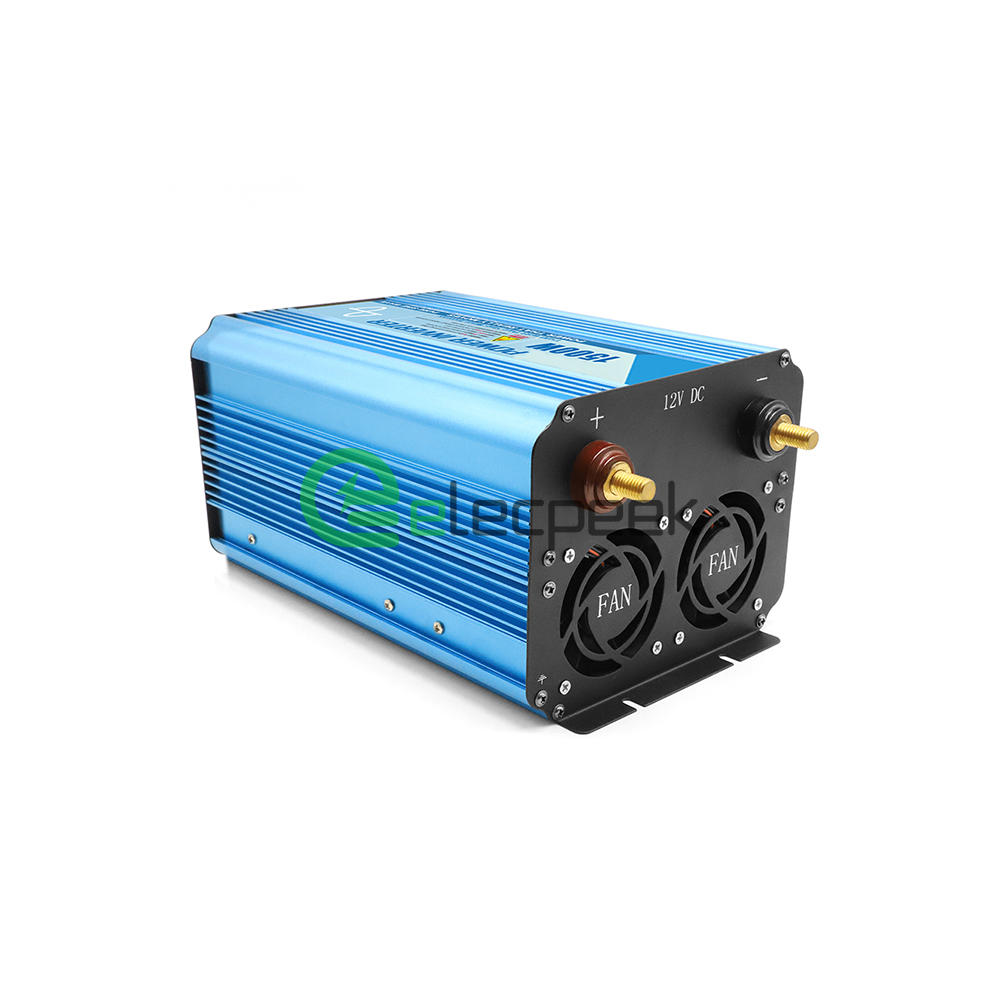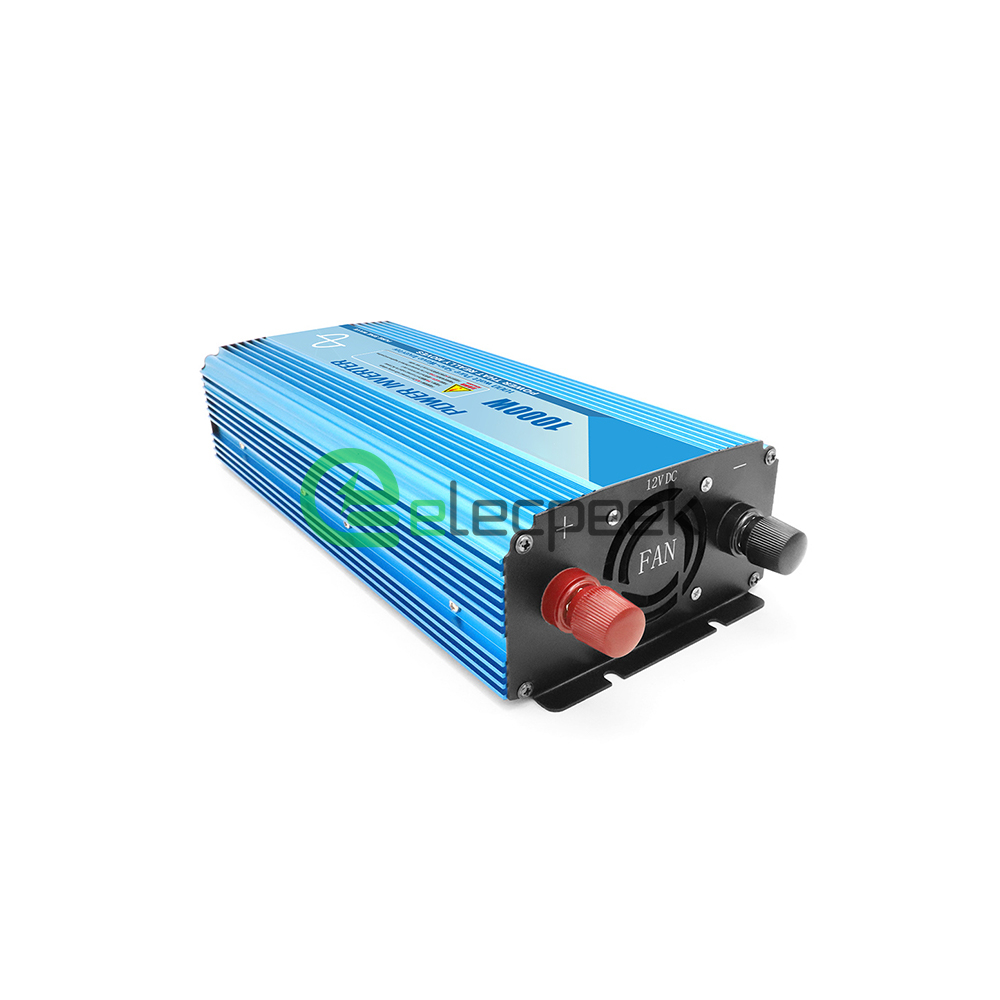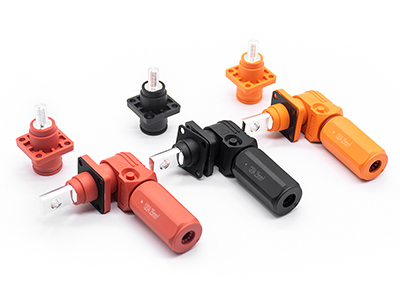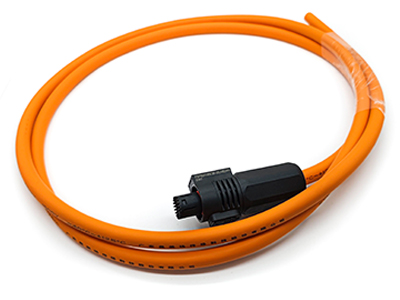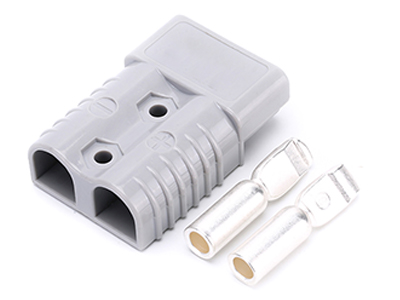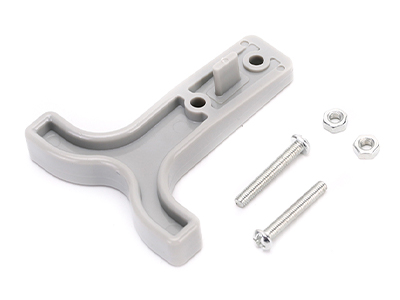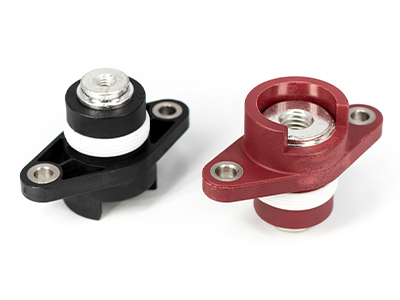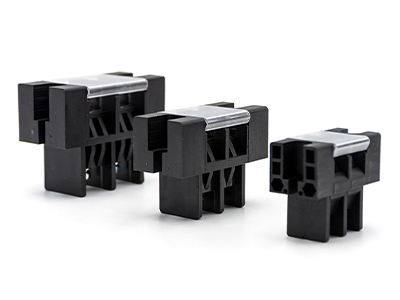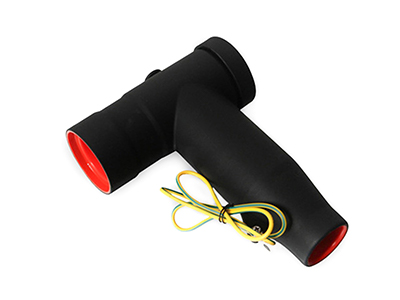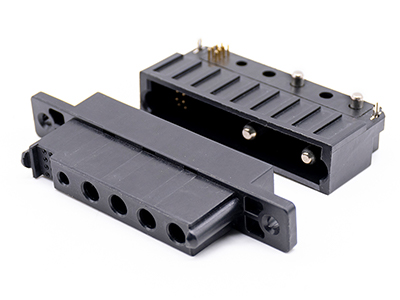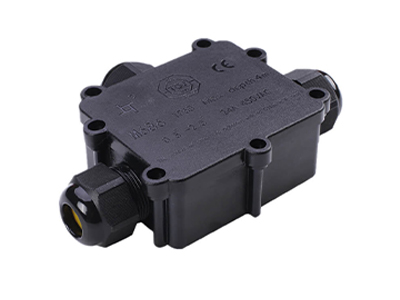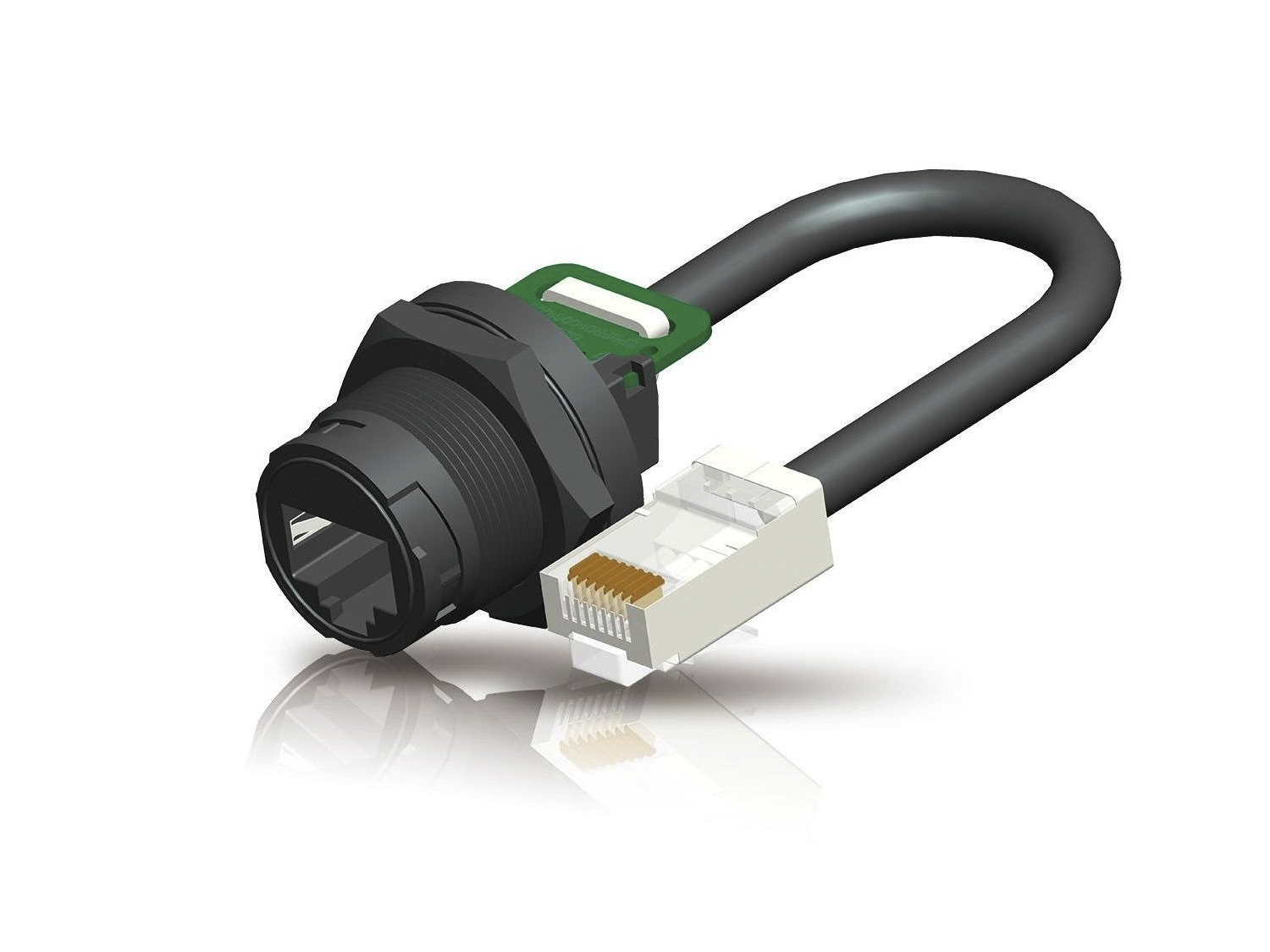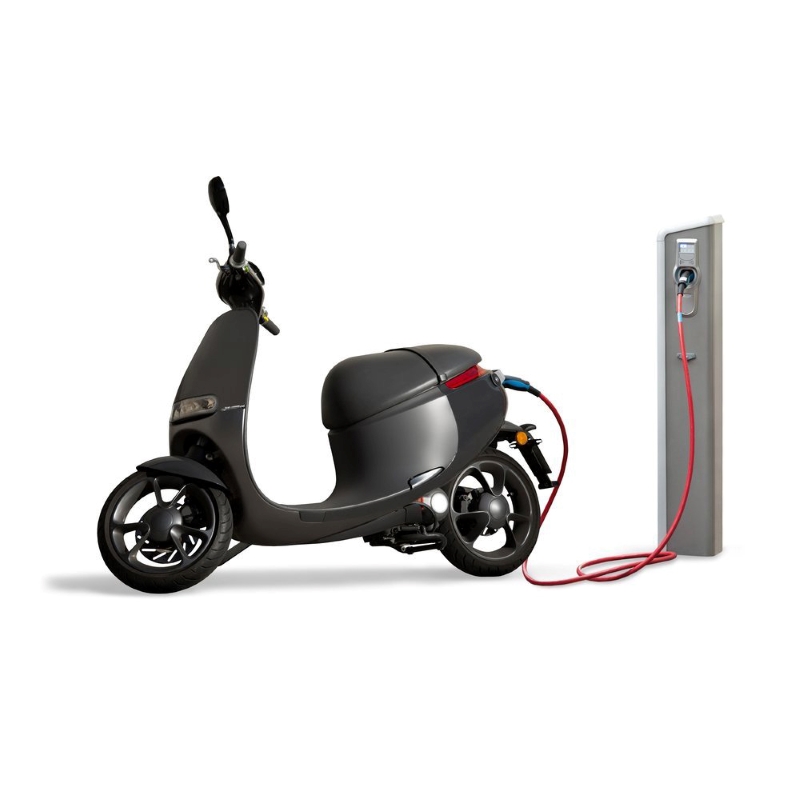News
HVIL Connectors in High Voltage Battery Systems: Ensuring Safety and Reliability
High voltage battery systems are a critical component of electric vehicles (EVs) and hybrid electric vehicles (HEVs). These systems require connectors that can handle high voltages and currents, while also ensuring safety and reliability. HVIL connectors, also known as high voltage interlock connectors, play a critical role in the safe and reliable operation of high voltage battery systems.
What are HVIL Connectors?
HVIL connectors are specialized connectors designed to provide a high voltage interlock between the battery pack and the rest of the vehicle. They are responsible for ensuring that the high voltage battery system is disconnected from the rest of the vehicle when it is being serviced or repaired.
The HVIL system typically consists of two main components: the HVIL connector and the HVIL circuit. The HVIL circuit is responsible for detecting when the HVIL connector is connected or disconnected. If the HVIL circuit detects that the HVIL connector is disconnected, it will automatically disconnect the high voltage battery system from the rest of the vehicle.
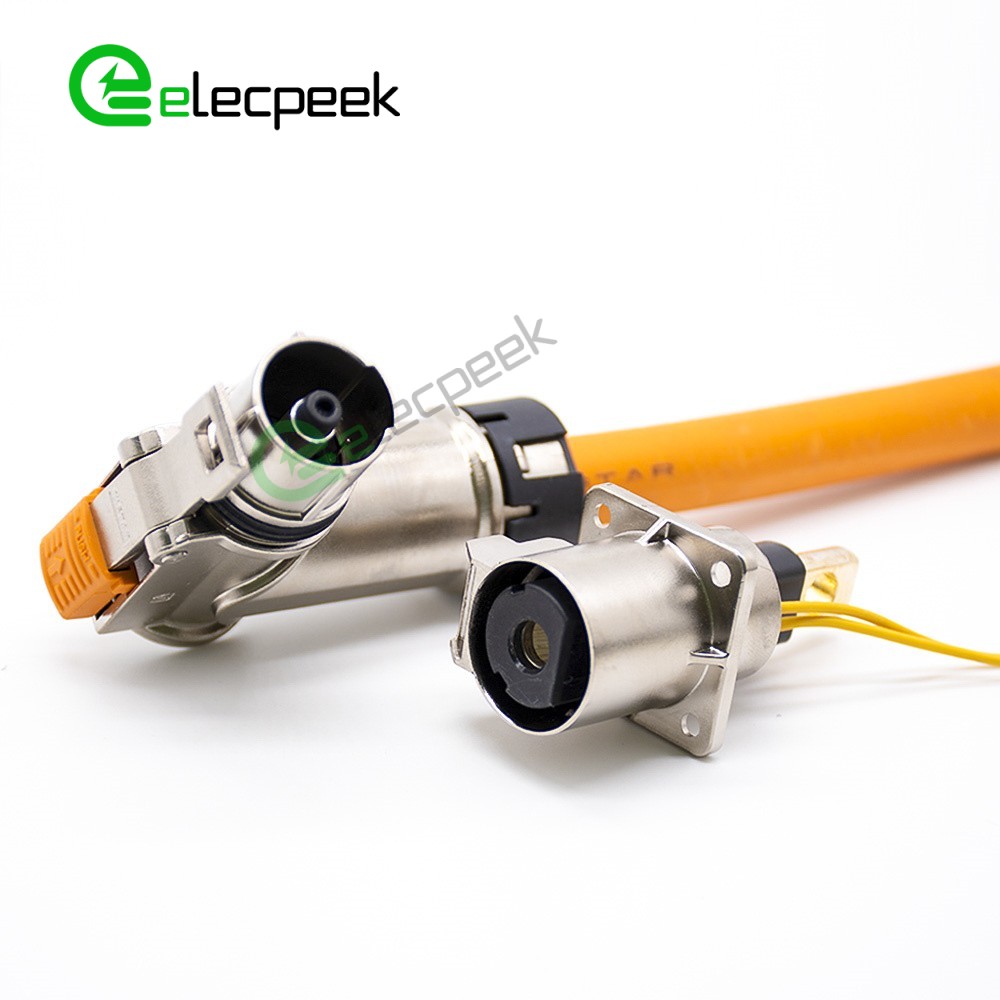
Why are HVIL Connectors Important?
HVIL connectors are critical for ensuring the safety and reliability of high voltage battery systems. Without HVIL connectors, it would be difficult to safely service or repair the high voltage battery system, which could lead to serious injury or death.
In addition to providing a high voltage interlock, HVIL connectors also provide a number of other important features. For example, they may include features such as locking mechanisms or keying to prevent incorrect connections. They may also include shielding to reduce the risk of electrical interference.
Types of HVIL Connectors:
There are a number of different types of HVIL connectors available, each with its own unique features and benefits. Some of the most common types of HVIL connectors include:
- Passive HVIL Connectors: Passive HVIL connectors rely on the vehicle’s wiring harness to provide the interlock signal. They are typically less expensive than active HVIL connectors, but they may be less reliable in some applications.
- Active HVIL Connectors: Active HVIL connectors include an integrated circuit that provides the interlock signal. They are typically more reliable than passive HVIL connectors, but they may be more expensive.
- Hybrid HVIL Connectors: Hybrid HVIL connectors combine the features of both passive and active HVIL connectors. They use the vehicle’s wiring harness to provide the interlock signal, but they also include an integrated circuit to ensure reliability.
Design Considerations for HVIL Connectors:
When designing HVIL connectors, there are a number of important considerations to keep in mind. Some of the most important design considerations include:
- Voltage and Current Ratings: HVIL connectors must be designed to handle the high voltages and currents associated with high voltage battery systems. They must also be able to withstand the high temperatures and vibrations associated with the vehicle environment.
- Size and Shape: HVIL connectors must be designed to fit within the available space in the vehicle. They must also be designed to ensure proper alignment and mating between the connector and receptacle.
- Safety Features: HVIL connectors must include a number of safety features, such as locking mechanisms or keying, to prevent incorrect connections. They must also be designed to minimize the risk of electrical shock.
How HVIL connectors work in high voltage battery systems:
- HVIL circuit: The HVIL circuit is a low-voltage electrical loop that runs through various high voltage components in the system, such as battery packs, chargers, and inverters. This circuit is continuously monitored by the system’s control unit.
- HVIL connectors: HVIL connectors are specially designed connectors that incorporate both high voltage contacts and a low voltage HVIL contact. The HVIL contact is typically shorter than the high voltage contacts, ensuring that it disengages before the high voltage contacts when the connector is separated.
- Connector separation: When an HVIL connector is disconnected, the HVIL circuit is opened, breaking the low voltage loop. This action is detected by the system’s control unit.
- System response: Upon detecting the open HVIL circuit, the control unit initiates a sequence of safety measures. These may include isolating high voltage components, discharging capacitors, and shutting down high voltage power conversion systems. This ensures that no high voltage is present at the disconnected connector, safeguarding technicians and users from potential electrical hazards.
- Reconnection: When the HVIL connector is reconnected, the HVIL circuit is closed, and the control unit detects the closed loop. If all other system conditions are normal, the control unit allows the high voltage components to become active again, restoring the system to its normal operating state.
Conclusion:
HVIL connectors are a critical component of high voltage battery systems in electric and hybrid vehicles. They provide a high voltage interlock that ensures the safety and reliability of the system. When designing HVIL connectors, it is important to consider factors such as voltage and current ratings, size and shape, and safety features. With careful design and engineering, HVIL connectors can help ensure the safe and reliable operation of high voltage battery systems.

